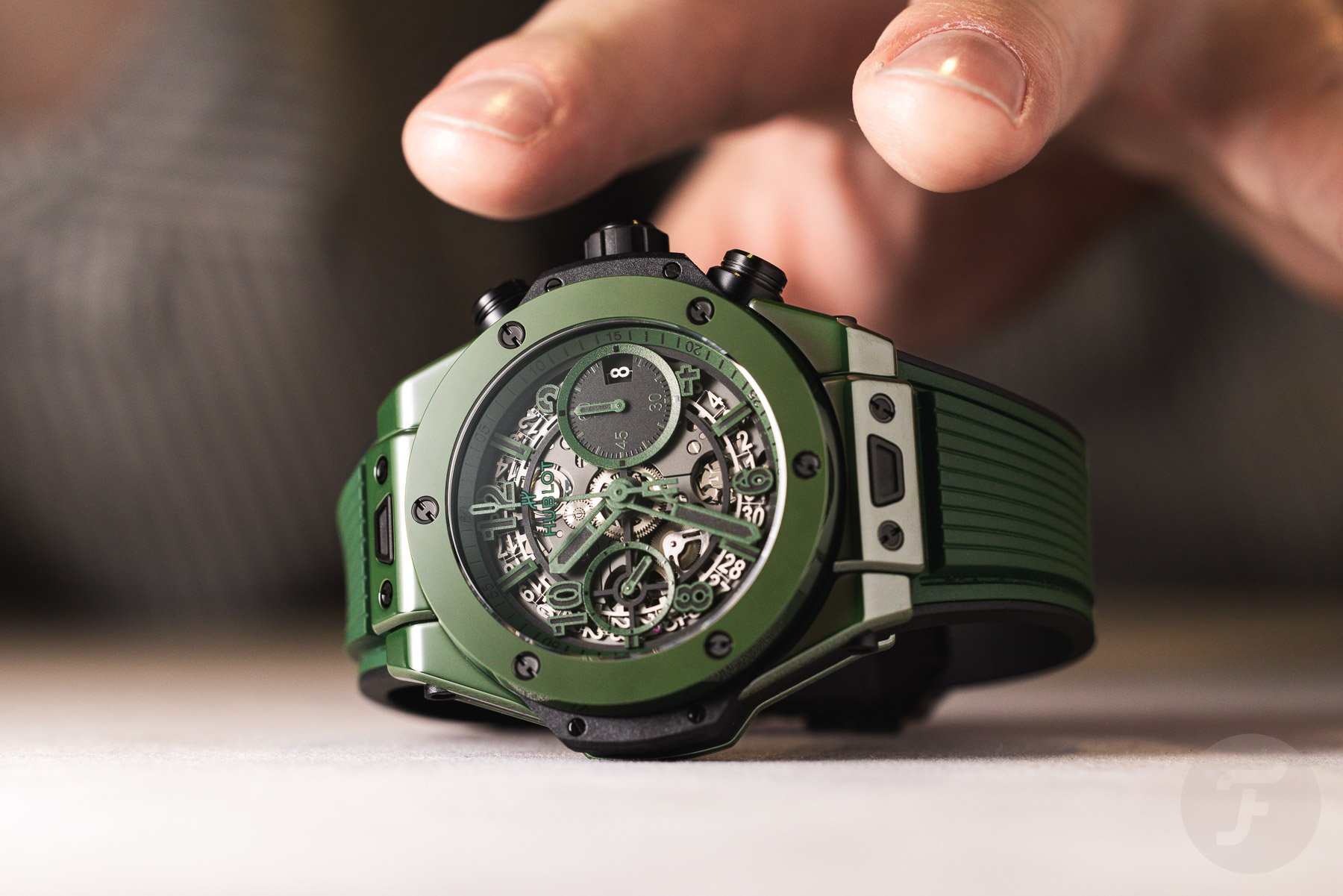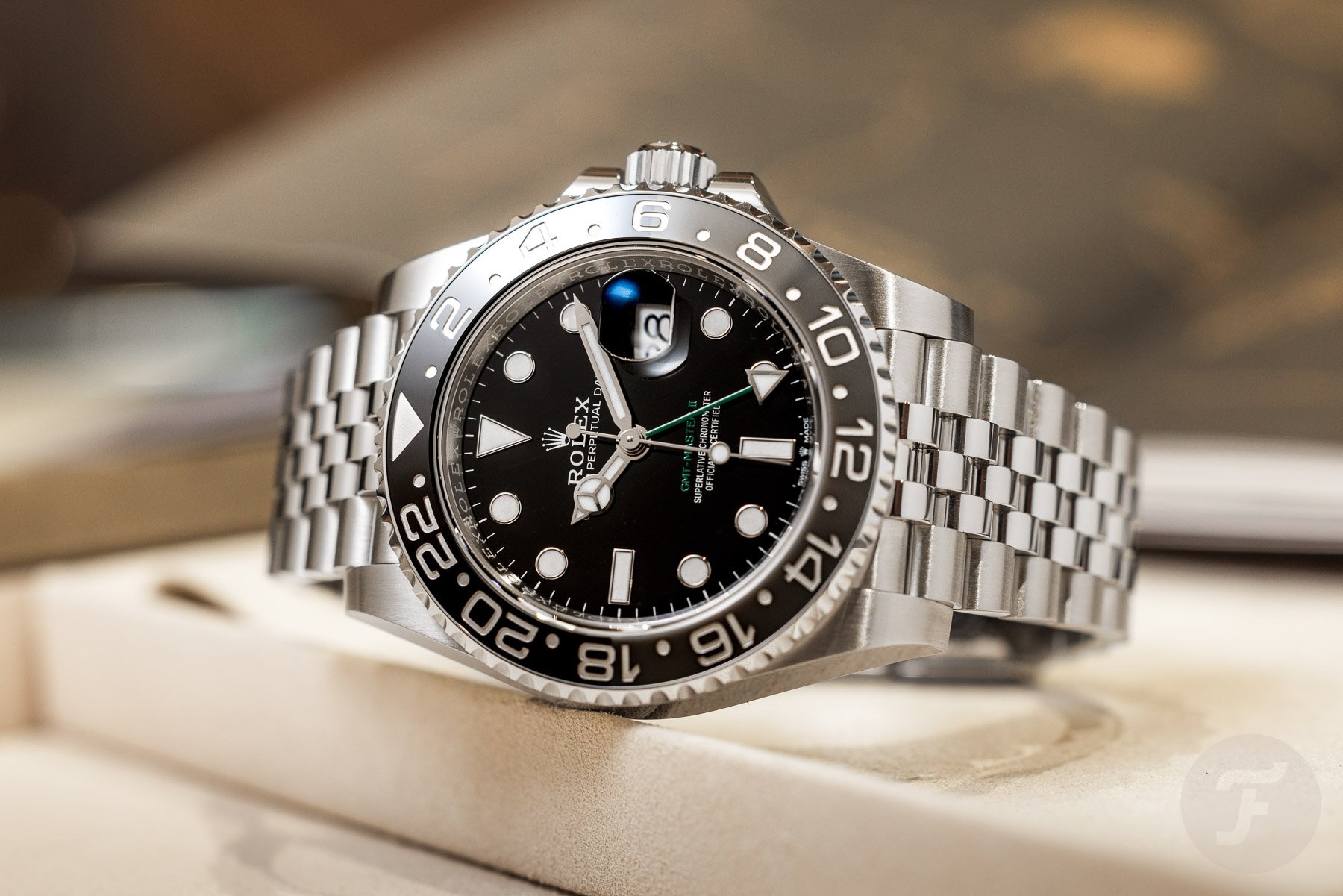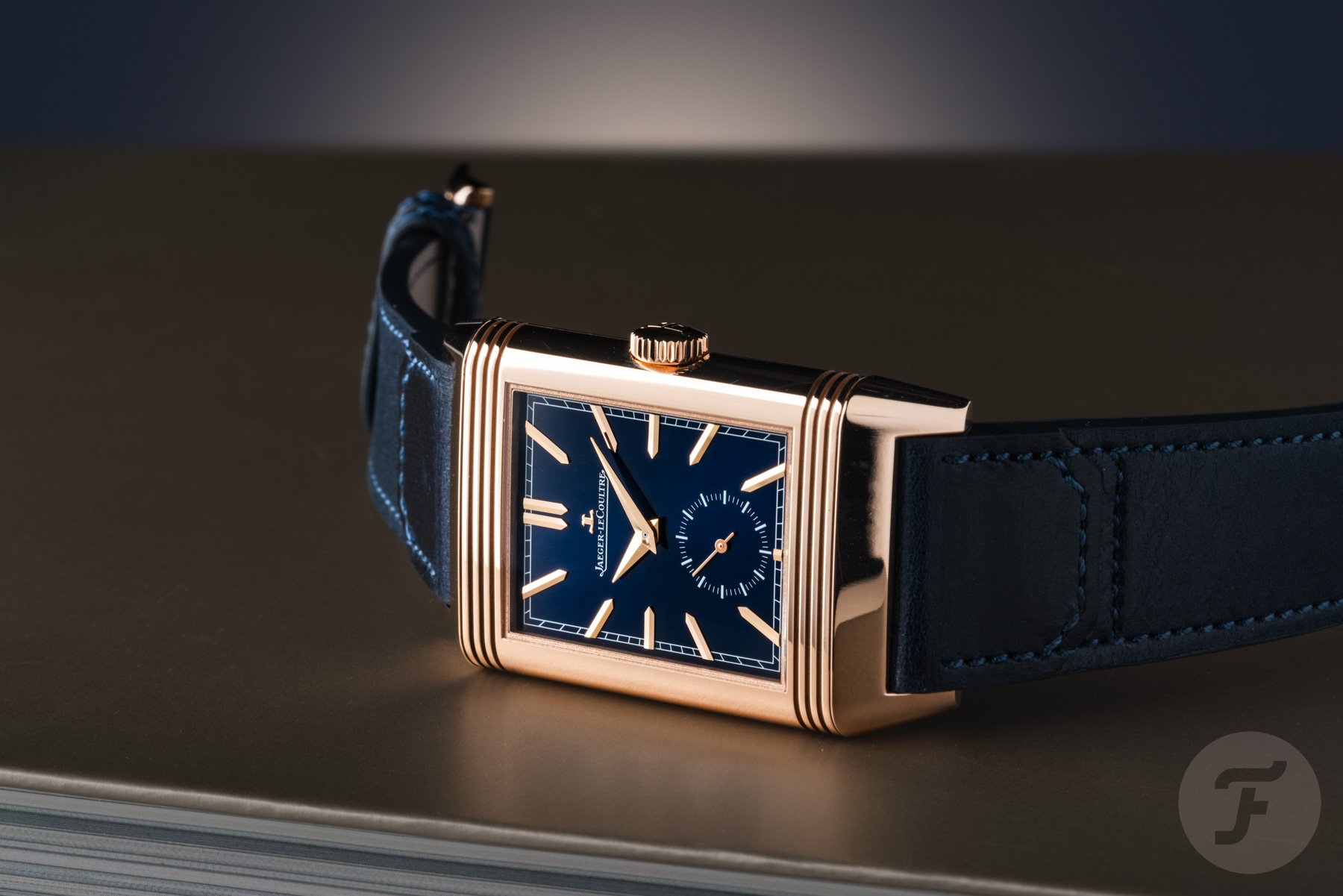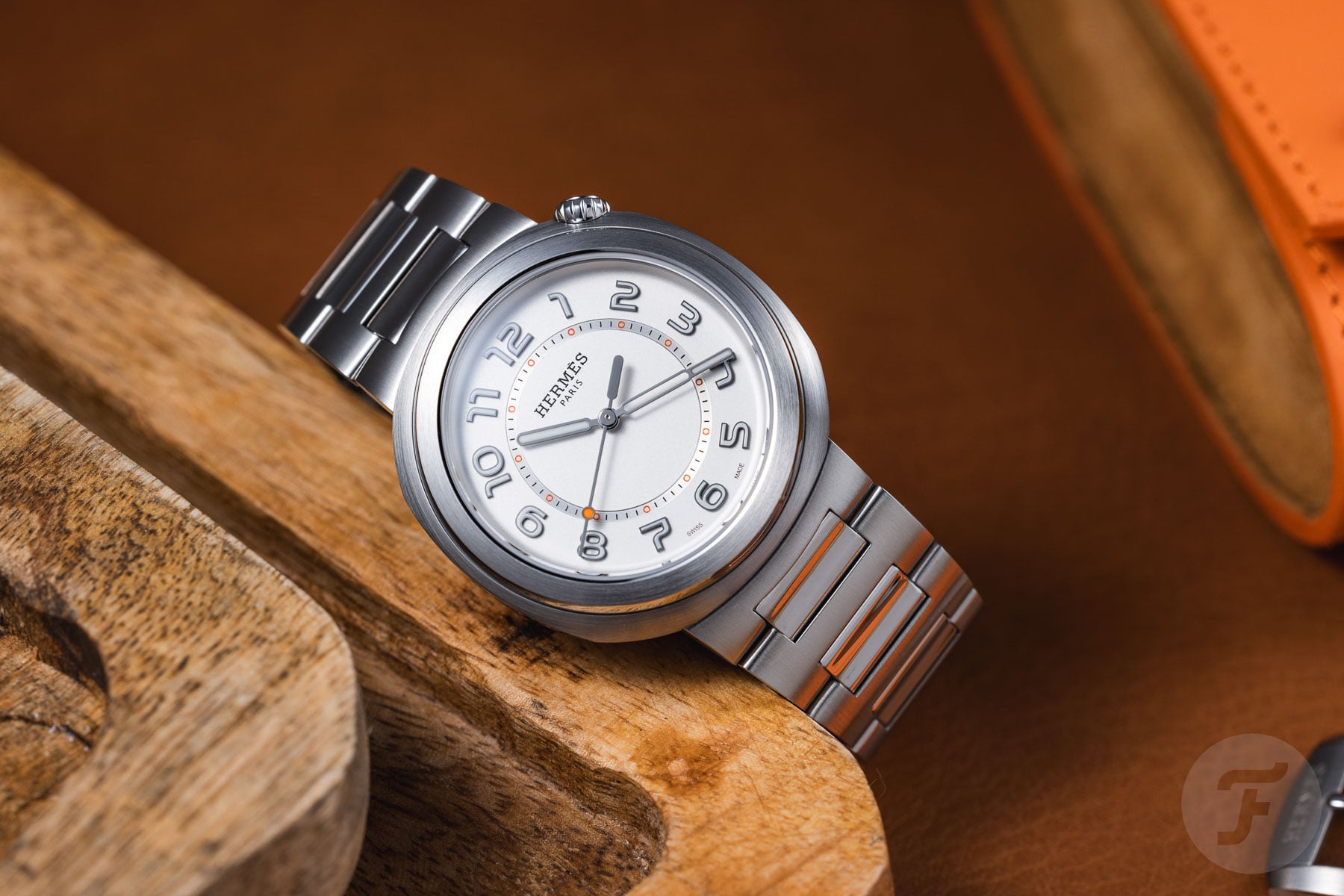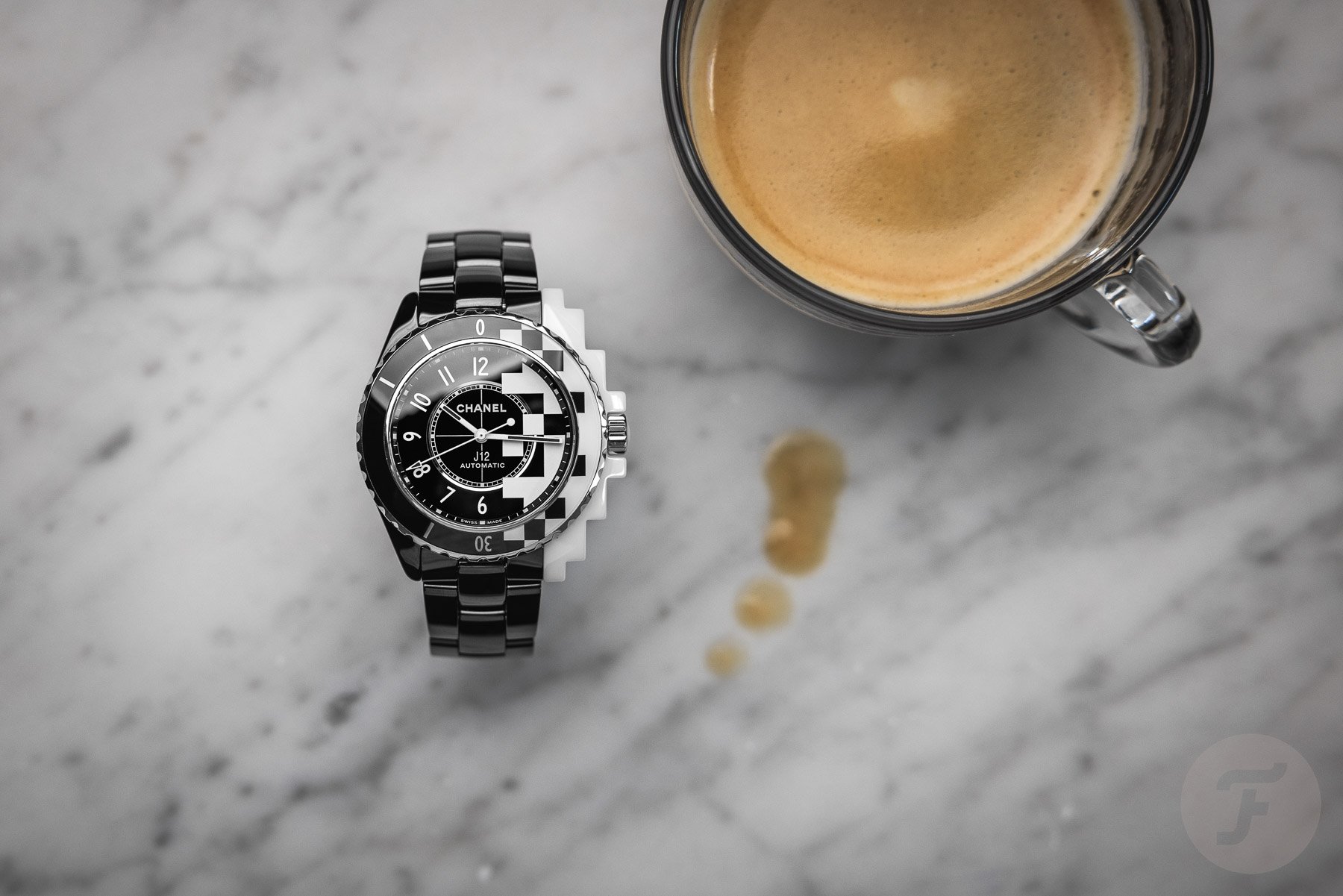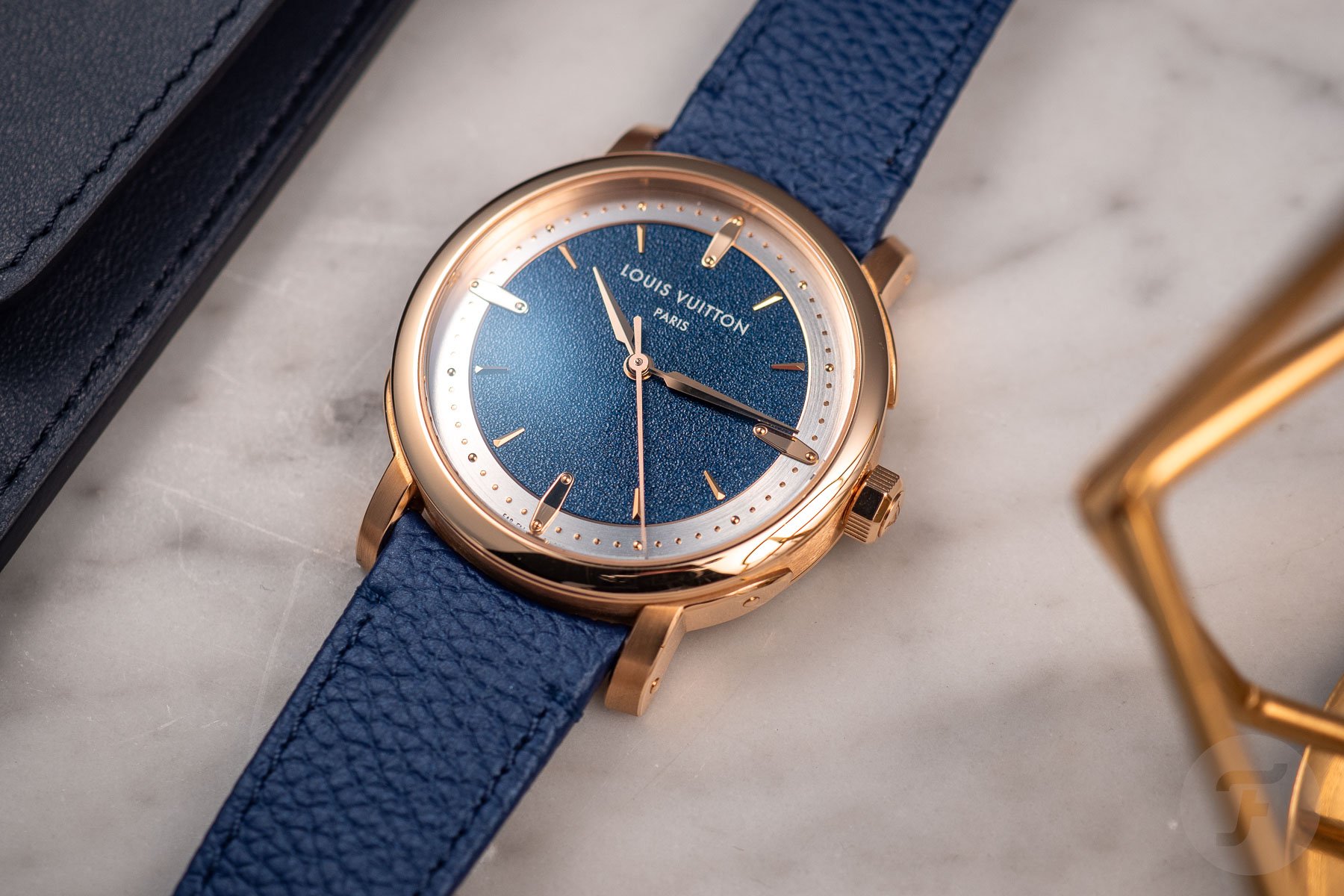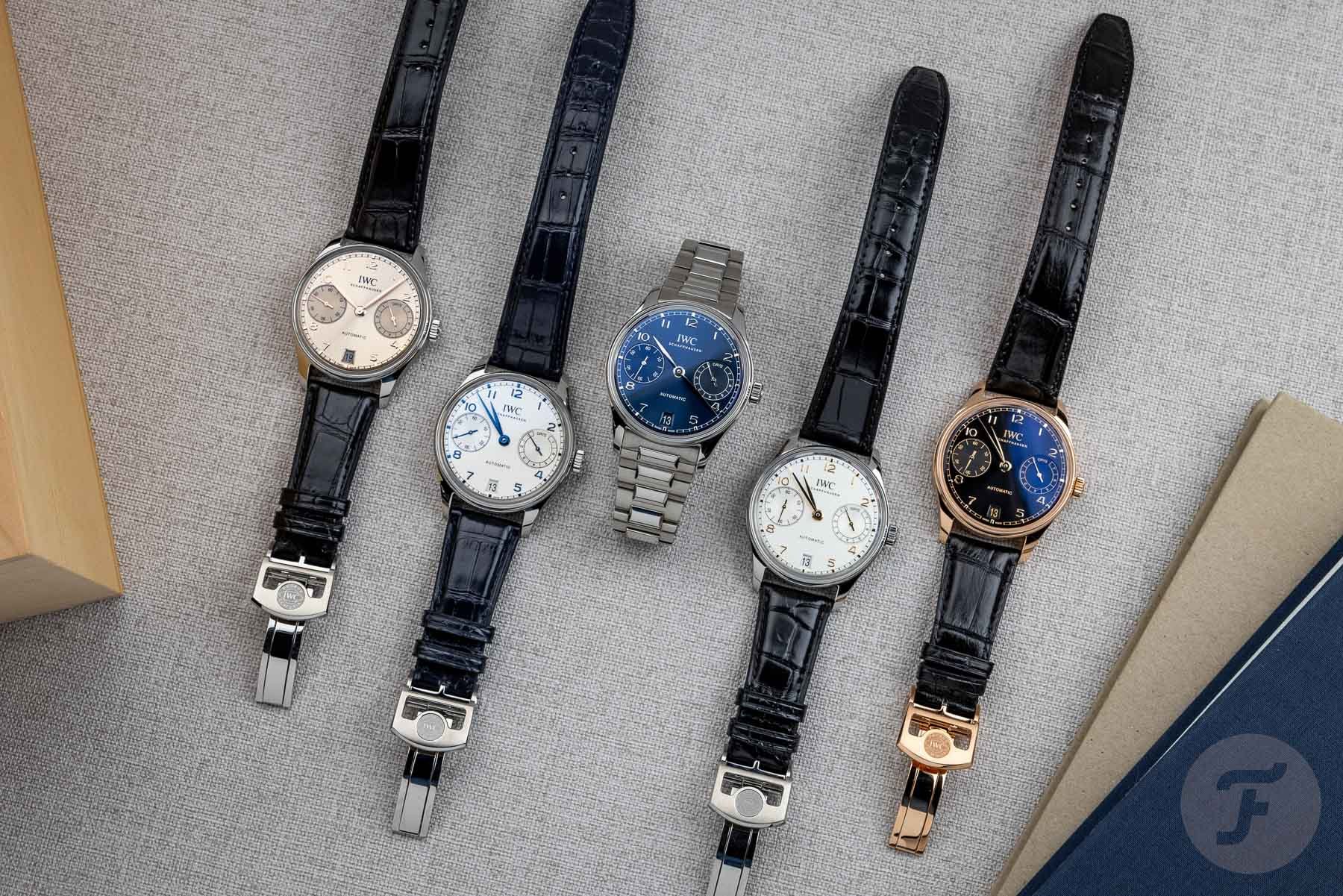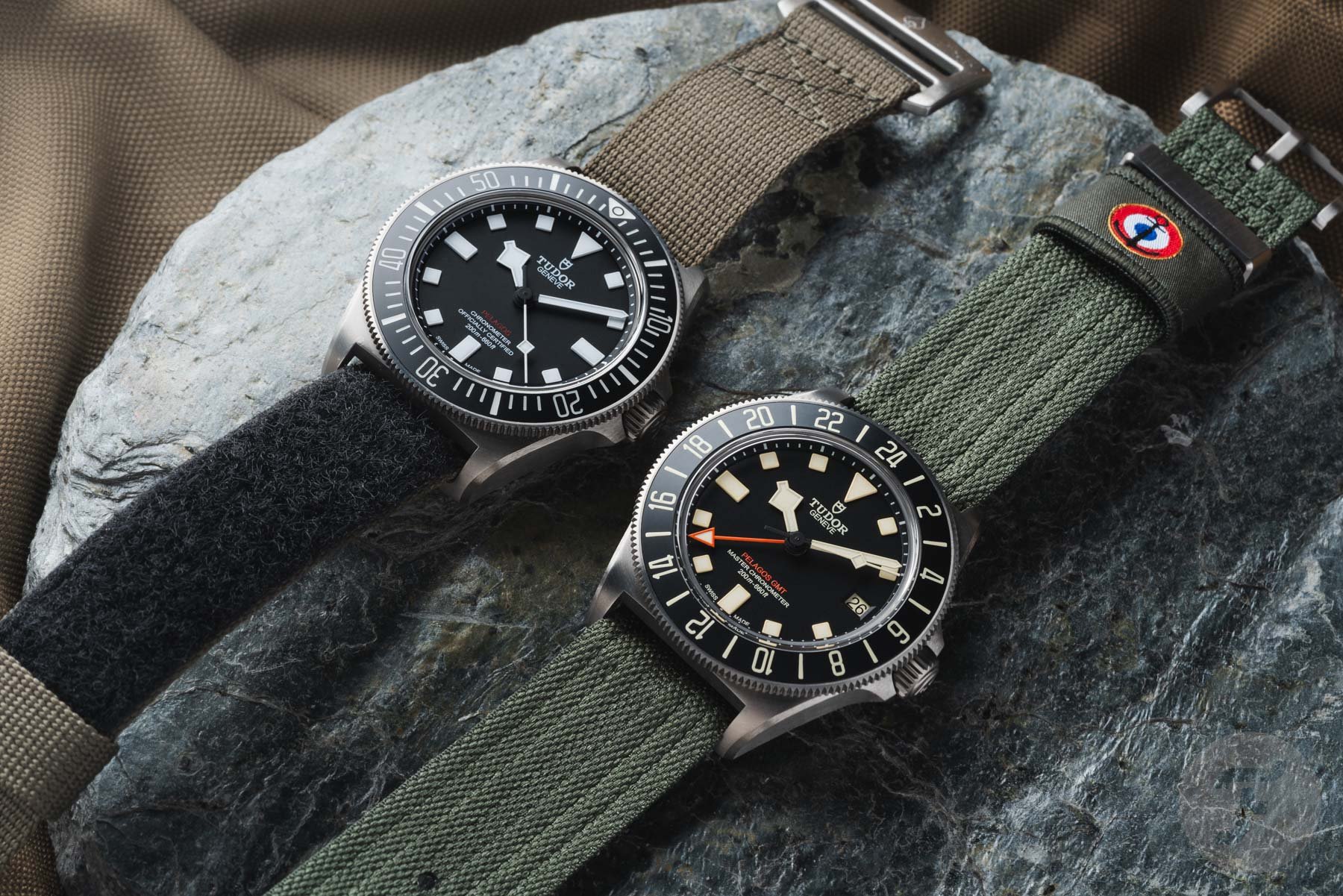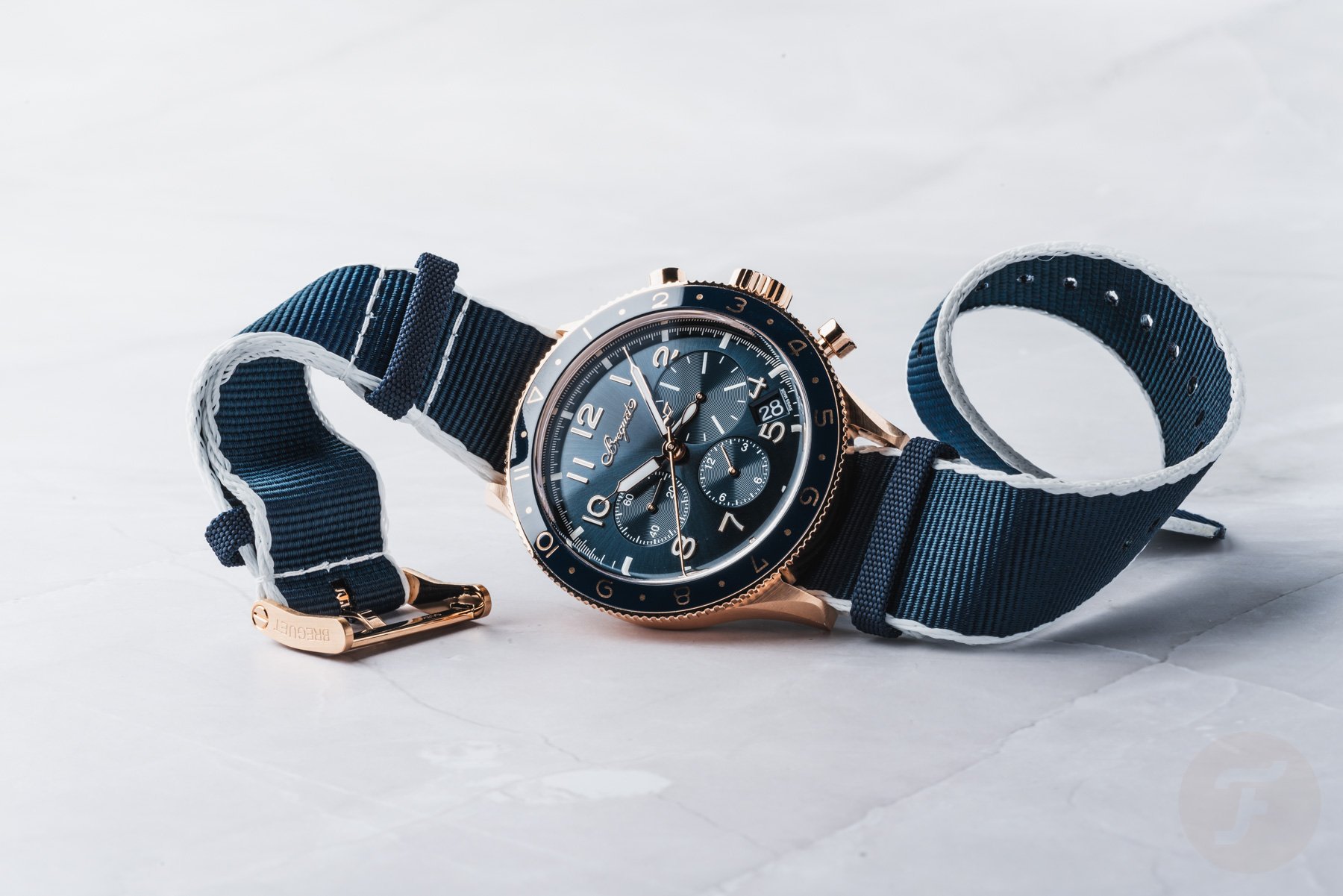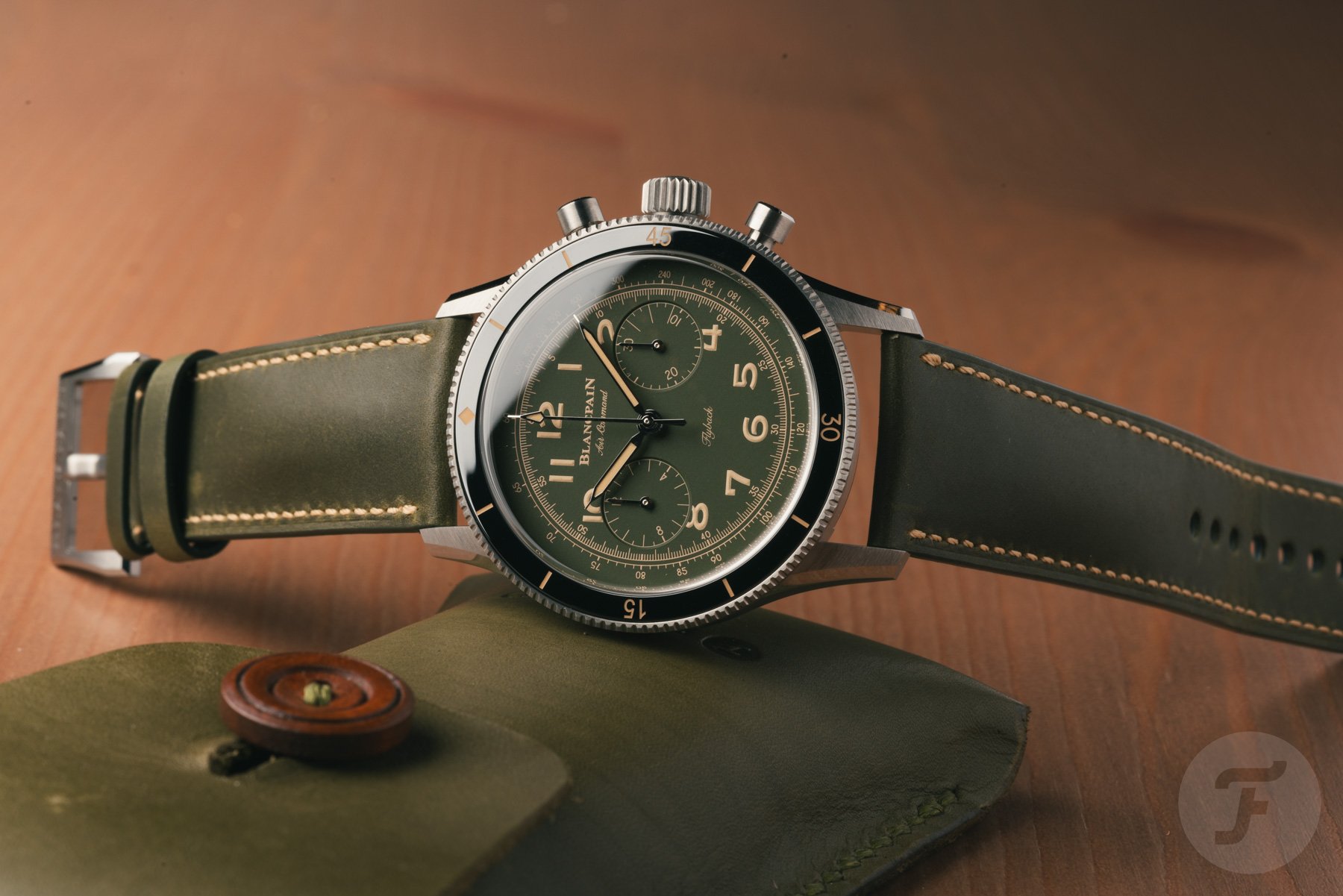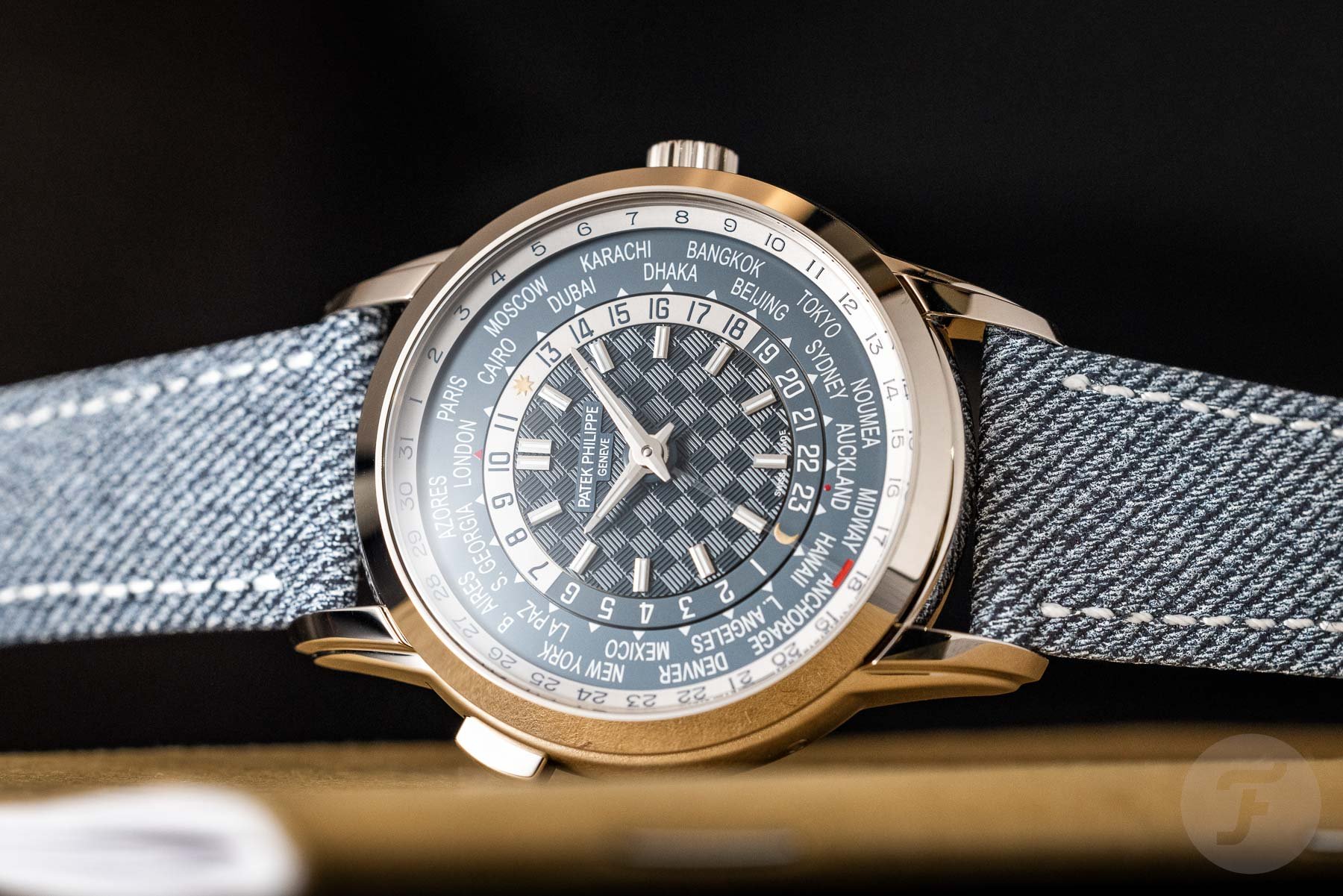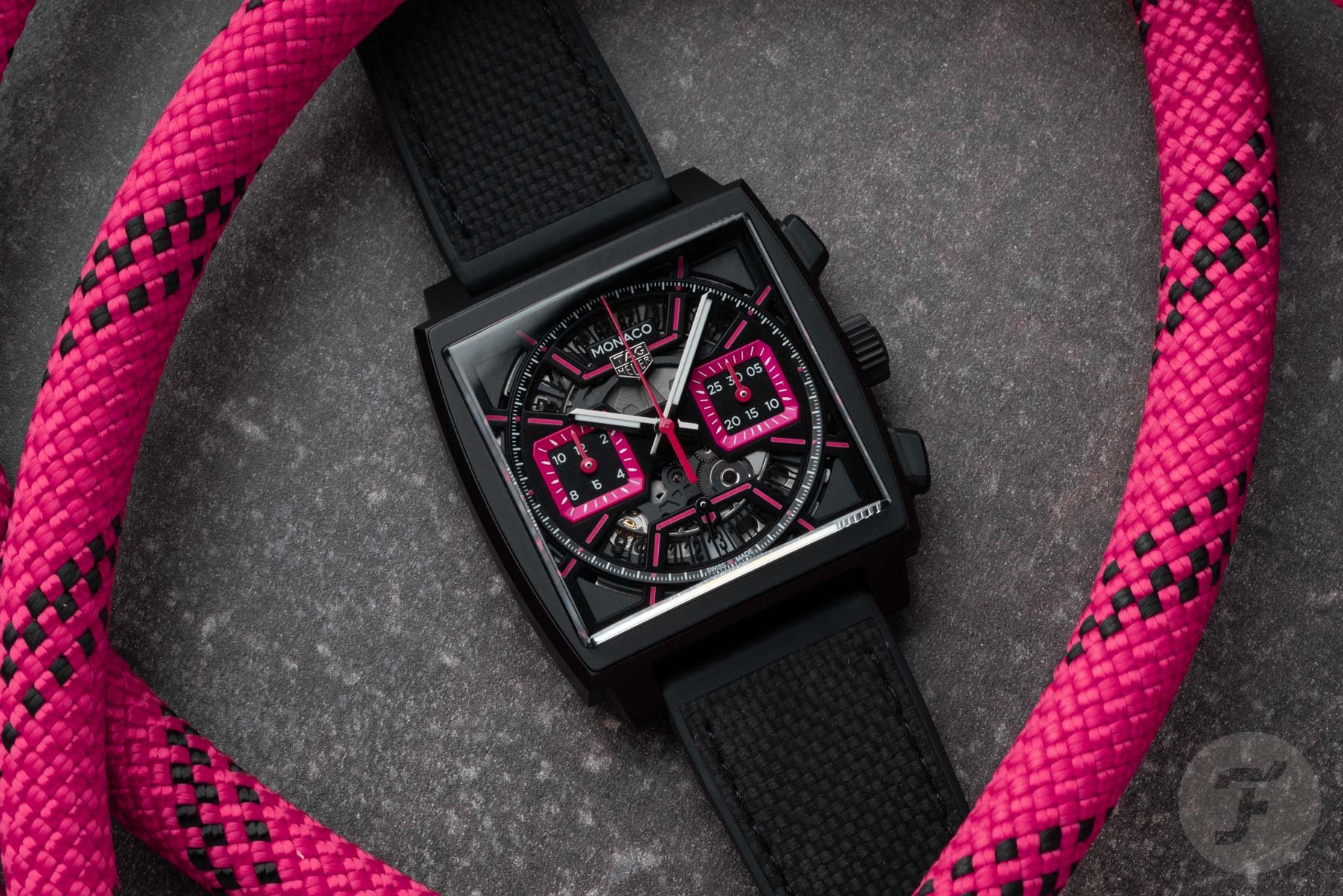Worldwide Watch Sales Are In A Slump: Are We Suffering From A Bad Case Of Luxury Fatigue?
There’s no escaping luxury. Luxury is everywhere you look. Luxury is the norm. So why is the luxury market as a whole in a slump? Is it the economic situation worldwide? Luxury brands have used the slowdown in China to explain why sales are down, and the results are disappointing. But there might be more at hand. According to Frédéric Grangié, head of Chanel’s watch and jewelry division, the luxury industry will face a “complicated” few years because of a “trivialization” of the product. Luxury is no longer unique and exclusive, and that includes high-end watches. Are we suffering from a bad case of luxury fatigue? And if so, what’s the cure?
Frédéric Grangié told Swiss newspaper Le Temps, and his words were quoted by news agency AFP, that the slowdown in China is indeed an essential factor in luxury sales being lower than expected. He also says that some luxury brands have become overly dependent on the Chinese market. But there’s also a more elusive factor at play, according to Grangié, and China isn’t to blame: “There’s this feeling hitting mature markets in which customers are starting to ask what’s the point of this industry. Customers are tired of being bludgeoned by luxury.”
Are we suffering from a bad case of luxury fatigue?
Grangié uses the word “bludgeoned,” but while that might seem harsh and hyperbolic, the constant stream of everything luxury, from villas, vacations, and cars to fashion and watches, has reached epic proportions. Never before was everything luxury so present in so many lives. After the pandemic, the luxury goods sector gained exceptional momentum. Abnormal growth that could not be sustained was taken more or less for granted and used as the basis for future prognosis. Normalization after an abnormal occurrence seemed missing from luxury brands’ business strategies in the post-pandemic years.
The predicted growth in China didn’t happen, and in the USA and Europe, inflation has been steadily nibbling on non-essential luxury budgets. Do these latest developments indicate the decline of the hype surrounding this industry? The answer is “yes,” but there’s more at play, and it needs some explanation.
Predictions and realities
The current situation might be difficult, but not so long ago, the luxury goods market outlook for 2030 was very positive. According to many prognoses, Generations Y, Z, and Alpha would help the luxury market value reach up to €580 billion by the decade’s end. That’s an increase of around 60% compared to 2022. But now we see a growth slowdown. And it’s happening although Generation Z consumers, according to research, start buying luxury goods three to five years earlier than millennials (at 15 instead of 18 to 20). Generation Alpha, born entirely in the 21st century, was expected to adopt a similar behavior.
Also significant for expanding the luxury universe was the predicted rise of new markets, such as Africa, emerging Southeast Asian countries, and especially India. Another element of the growth prediction is the role of technology. E-commerce combined with AI should contribute to the sector’s growth.
Do the prognoses take into account how potential and actual luxury buyers develop? Today’s and tomorrow’s luxury customers are increasingly informed. And well-informed customers are demanding. Brands must go to great lengths to interest, engage, satisfy, and forge lasting relationships with their existing and potential clientele. One strategy is to launch new collections upon new collections and novelty after novelty in rapid succession. But isn’t luxury about quality instead of quantity?
Experiencing luxury
Hermès defines luxury as “that which can be repaired.” In this case, quality reigns supremely over quantity; hand-made products trump mass-produced ones. This might be true, but it’s a hardware-driven statement, and luxury is more than a tangible bag, necklace, or watch. Coco Chanel said, “Some people think luxury is the opposite of poverty. It is not. It is the opposite of vulgarity.” Merriam-Webster tells me that vulgar people are “lacking in cultivation, perception, or taste.” A lack of cultivation, perception, or taste is not linked to money. Being able to afford high-end luxury and experiencing it is, though. Luxury always has and always will be about experiencing something that few can.
Being able to buy a scarce luxury good is an experience. That’s why many luxury brands only have a limited supply of their most precious commodity. The strategy to only allow certain purchases to specific clients is an experience that makes the client feel privileged. You might think this is a new strategy invented by watch dealers who carry certain brands. Still, Louis Vuitton had already used this successful sales/marketing technique in the 19th century when he started his business.
Slow luxury
Overexposure to luxury goods like watches erodes exclusivity. Besides non-brand channels on social media, brands expose the world to new luxury “must-haves” practically every day. Leading watch brands went from presenting novelties at a yearly watch fair in the spring with maybe something at the end of the year to a strategy that sees new products coming out throughout the year. When Georges Kern was in his early years as CEO at IWC, he told me that the Swiss watch industry was trying too hard to follow the pace of the fashion industry. He said that luxury watches were slow, and fashion was fast. Releasing a growing number of new watches throughout the year diluted the meaning of an artisanal, historical, and emotional product.
The watch industry has undoubtedly upped the pace since the early 2000s. The way novelties are released can be seen as frantic and a bit like a gold rush: go after everything that moves that can make us rich! However, this stampede on the luxury market caused an excessive number of products to receive equally excessive attention. Exclusivity in all its aspects has come under fire. Luxury brands are now on the radar of many and desired by as many. The pandemic served as an accelerator of the process because people wanted to spend money on something that would make them feel better, and everything outside the confines of the house was off-limits. Enter the luxury watch. It is seen on the internet, available online, and delivered to your doorstep.
It’s a balancing act
The spike in consumption of luxury watches put the element of exclusivity under tremendous pressure. I also suspect that people who bought luxury watches during lockdown expected those timepieces to bring relief or happiness. Many were probably sorely disappointed. Also, when you see a luxury watch everywhere as part of anyone’s lifestyle, how can you claim to own a luxurious product? The exclusive experience is gone, and so is the reason for paying a premium price. There’s a delicate balance between being special or unique and being perceived as equal and worthy by your peers. You want to be special with your exclusive watch, but you are not the only one who recognizes it as something special.
Many people suffer from luxury watch fatigue because of the never-ending stream of novelties and overexposure. Even die-hard watch fans can suffer from extreme tiredness resulting from the mental strain caused by an overload of watches everywhere they look. Did you know it can result in, among other symptoms, moodiness and irritability? You could call it “irritable watch syndrome,” and it isn’t a pleasant feeling. The omnipresence of expensive watches makes them less special. It’s also important to note that the conversation about watches shifted from the object itself to its monetary value.
The cure for luxury watch fatigue
Less is more. That is what can cure a bad case of luxury watch fatigue. Fewer product introductions would help. Introducing a new watch should be a memorable event for both the brand and the public, but ubiquity leads to triviality. How can brands expect to seem exclusive and unique when constantly introducing new watches? Brands want people to perceive them as the materialization of traditional craftsmanship with historical significance, not during a yearly salon but every month. Unfortunately, expectations like this are quite unrealistic.
The high-paced introduction schedule kept adrenaline levels high for a while, but now it seems the audience always wants to feel hyper. Also, many novelties lack uniqueness in terms of creativity. Chanel’s Frédéric Grangié says that greater creativity and looking toward the long term do not please the shareholders in the short term. However, remember that the century-old watch brand needs to consider continuity and protect its carefully and slowly built reputation.
Just slow down already
A watch brand should aim to safeguard its original form, rooted in craftsmanship and functional excellence, while moving towards broader meanings, drawing on imagination and symbolic power, and offering increasingly original watches at a slower pace. This pace should allow the public to absorb the novelty, learn about it, and value its originality and exclusivity. High-end watches should not be consumed at break-neck speed. Instead, they should be savored with care while taking your time. What goes for watch brands also goes for watch fans; just slow down already. If it means putting your Instagram intake on a diet, so be it.
This might be an unpopular statement, but luxury watches should not be everywhere and for everyone. Mind you, they’re not for everyone to own and wear. Having an interest in them doesn’t require a big budget. Look at it like this: Formula 1 fans don’t have to drive a Formula 1 car to enjoy the sport. Watch fans can appreciate out-of-reach watches if they remain special and exclusive.
Header image: The Watch Club

